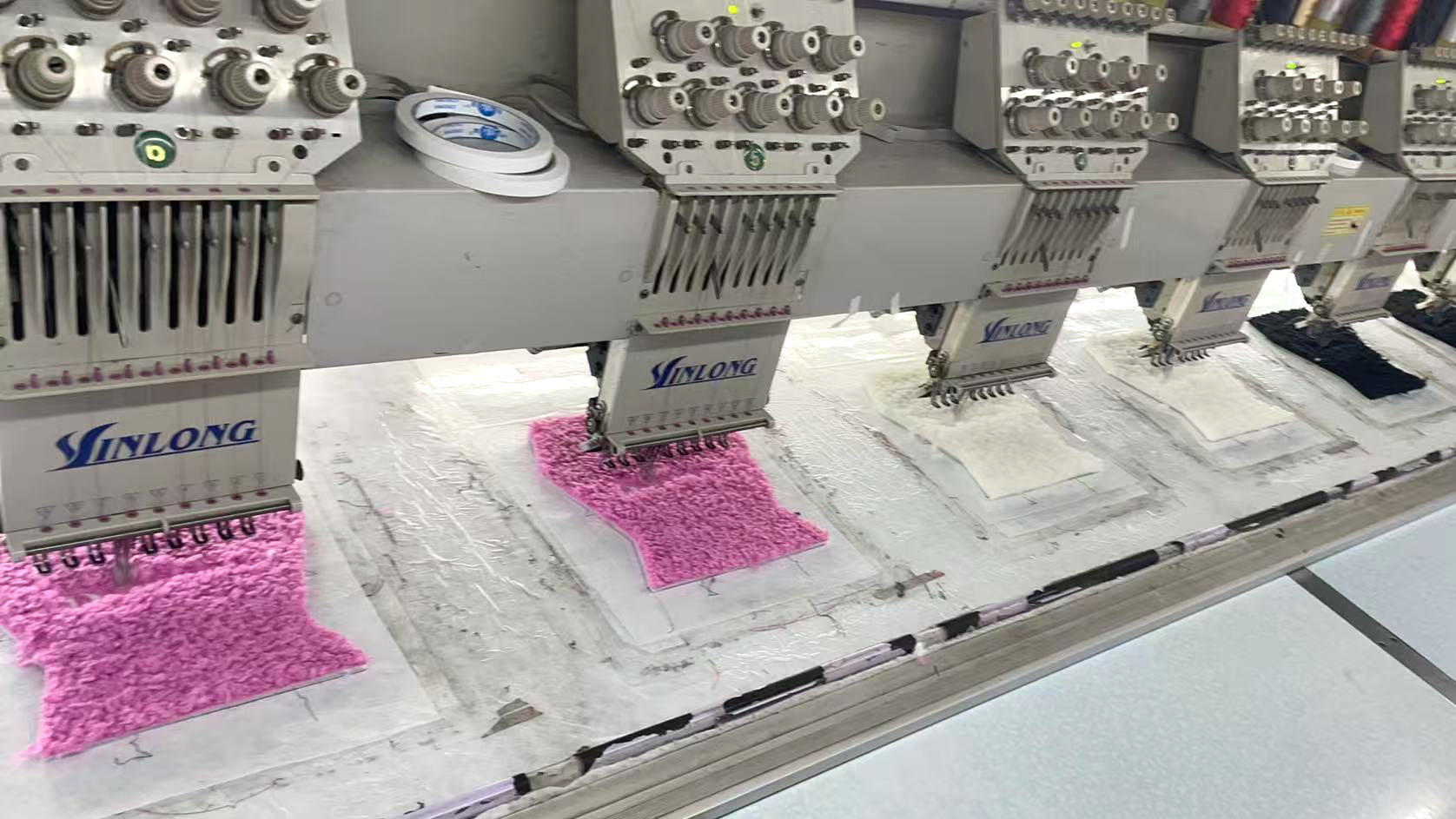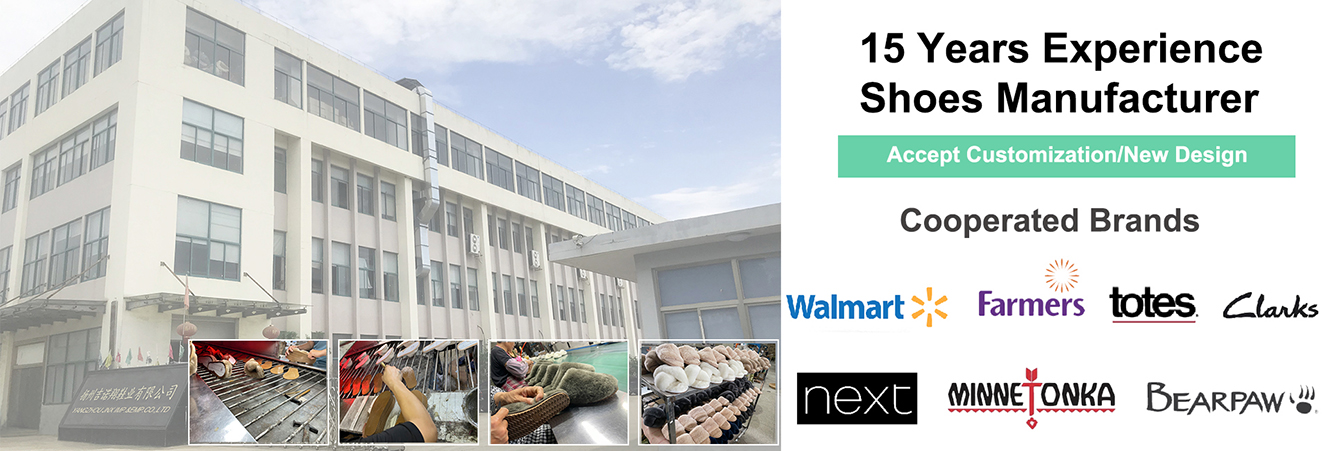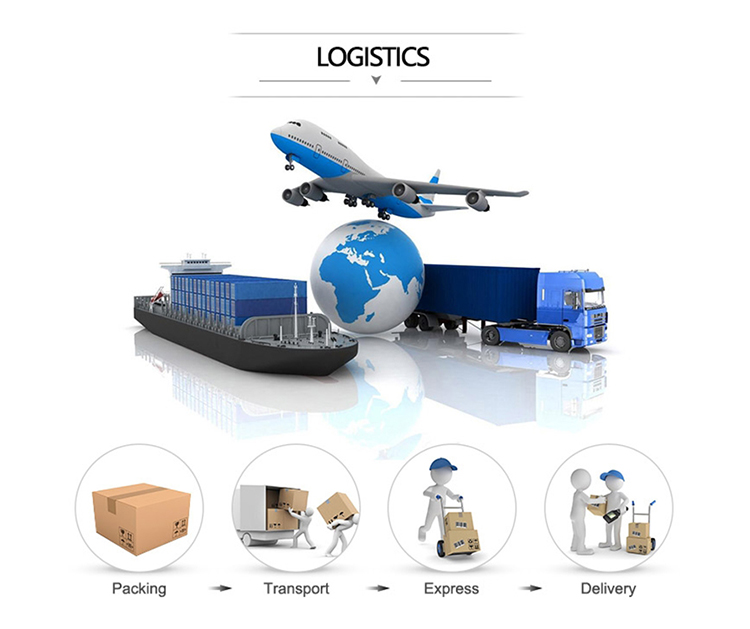Finding the right wholesale slippers supplier1 can feel like walking a maze—one wrong turn could cost you time, money, and trust.
To buy wholesale slippers successfully, you need to evaluate the supplier's production ability, MOQ2, customization options, and how well they understand your market needs.
What kind of slippers are available to wholesale buyers?

You can’t buy effectively until you know what’s out there—and what fits your brand.
Wholesale buyers can choose from indoor slippers, wool slippers, fashion-forward styles like UGG-style3 or Birkenstock-style4 designs, or playful furry slippers with seasonal flair.
Understanding Categories and Uses
Every slipper style has a purpose, and most brands don't need all of them. Here’s how I help buyers match their target customers with the right products:
| Slipper Type | Ideal Use | Target Market | Custom Options |
|---|---|---|---|
| Indoor Slippers | Home, hotels | Homeware retailers | Colors, logos |
| Wool Slippers | Cold climates | Outdoor and wool distributors | Wool blend, outsole type |
| UGG-style | Winter wear | Fashion brands | Upper material, label, sole |
| Birkenstock-style | Summer fashion | Lifestyle shops | Footbed, buckle, packaging |
| Furry Slippers | Holiday season, Gen-Z | Trendy online brands | Furry texture, colors, emoji themes |
How much do you need to buy to get started?
The biggest mistake? Assuming MOQ2 is just a fixed number.
MOQ depends on the material, slipper style, and customization complexity—but many suppliers now offer low MOQ for trending styles to help small brands start small.
Decoding MOQ and Pricing Flexibility
MOQ (minimum order quantity)2 is never one-size-fits-all. For example, we often lower the MOQ to 100 pairs for trending designs, but for complex custom orders with multiple materials, the MOQ might be 500+.
| Factor | How It Affects MOQ |
|---|---|
| Slipper complexity | Higher complexity = higher MOQ |
| Custom branding | Logos and labels may need 300+ pairs |
| Material choice | Rare or eco-materials5 raise MOQ |
| Production season | Off-season orders can get smaller MOQ |
What customization options can you get from a slipper supplier?

Your brand isn’t generic, so your slippers shouldn’t be either.
A reliable wholesale supplier can offer color changes, logo printing, branded packaging, outsole options, and even new material sourcing5 if your volume allows.
Tailoring Slippers to Match Brand Identity
Customization is where your brand shines—or fails. From logo embossing to outsole pattern matching, every detail matters. We work with clients like Amelie, who have very specific tastes rooted in high fashion. They expect their slippers to reflect the same care as their apparel.
| Custom Option | MOQ (usually) | Best For |
|---|---|---|
| Logo embroidery | 300+ | Premium retail brands |
| Custom packaging | 500+ | DTC brands with strong unboxing focus |
| Color/material matching | 200+ | Matching seasonal campaigns |
| Eco-friendly upgrades | 300+ | Sustainable brands |
| Full design remake | 1000+ | Established brands |
We often act as the bridge between creative vision and factory logic. That means confirming tiny things like how fluffy the fur should be or whether the label matches Pantone 20216.
What questions should you ask before choosing a supplier?

You can avoid 90% of common problems just by asking better questions upfront.
Ask about audit reports7, lead time, past projects, materials sourcing, and how they handle quality issues—before you commit.
Key Questions to Evaluate Reliability
| Question | Why It Matters |
|---|---|
| Do you work with audited factories7? | Ensures compliance, reliability |
| What’s your average production lead time? | Helps you plan launches |
| Can you show samples of past custom work? | Proves experience |
| What’s your quality control process? | Reduces product defects |
| How do you handle delays or errors? | Tests communication and honesty |
In our company, we make this process easier by offering a factory-matching system. We allocate orders to one of our 8 factory partners based on your design, budget, and deadline. This lets us handle both niche and mass-market projects efficiently.
What logistics and delivery services should you expect?

Even perfect slippers lose value if they arrive late or damaged.
A good supplier should help arrange door-to-door logistics8, manage customs, and provide packaging that protects the product in transit.
Shipping Without the Stress
Delivery is often overlooked—but it’s a common source of headaches. We’ve shipped to places as far as New Zealand, and we always adapt shipping strategies depending on urgency and destination.
| Option | Delivery Time | Best For |
|---|---|---|
| Sea freight9 | 30–45 days | Bulk orders with flexible timelines |
| Air freight9 | 7–10 days | Urgent or small orders |
| Courier (DHL/UPS) | 3–7 days | Samples and micro-orders |
| Door-to-door service8 | Varies | Brands without China agents |
Conclusion
Buying wholesale slippers is easier when you know your product, your supplier, and your market goals.
Footnotes
-
Finding a reliable wholesale slippers supplier can reduce costly delays and build long-term procurement confidence. ↩
-
MOQ (Minimum Order Quantity) is critical for cost planning and negotiating better terms, especially for small brands. ↩ ↩ ↩
-
UGG-style slippers are popular fashion items, especially in winter markets. Learn what makes them distinct. ↩
-
Birkenstock-style slippers offer both comfort and a lifestyle aesthetic. They're a staple for summer collections. ↩
-
Eco-materials are increasingly in demand. Understanding your options can help meet sustainability goals and customer preferences. ↩ ↩
-
Matching brand color using Pantone ensures consistency across product categories. ↩
-
Audit reports help verify factory compliance with ethical and quality standards. ↩ ↩
-
Door-to-door logistics simplify importing for businesses without local agents or customs experience. ↩ ↩
-
Comparing air vs. sea freight can optimize delivery time and budget based on order urgency. ↩ ↩

